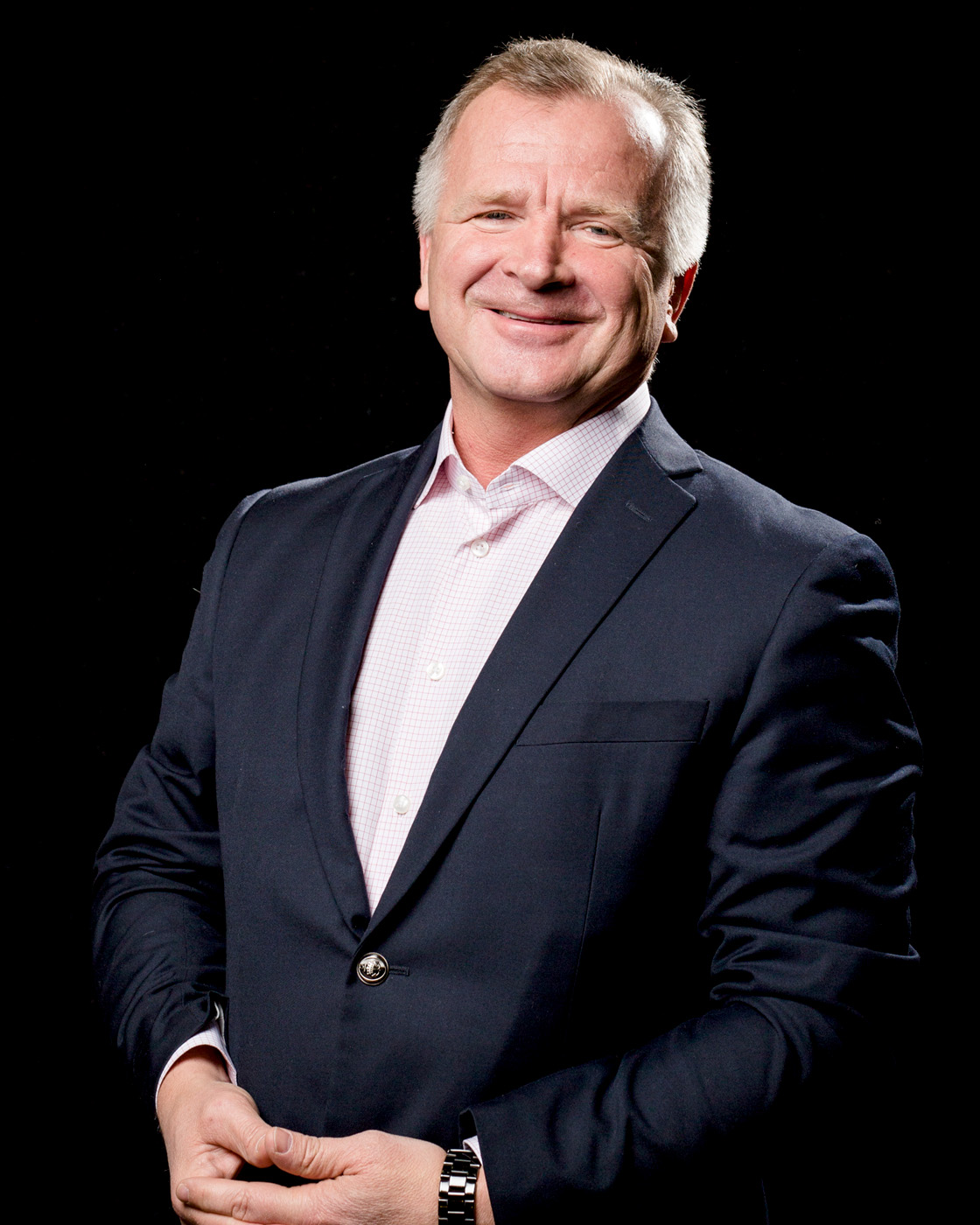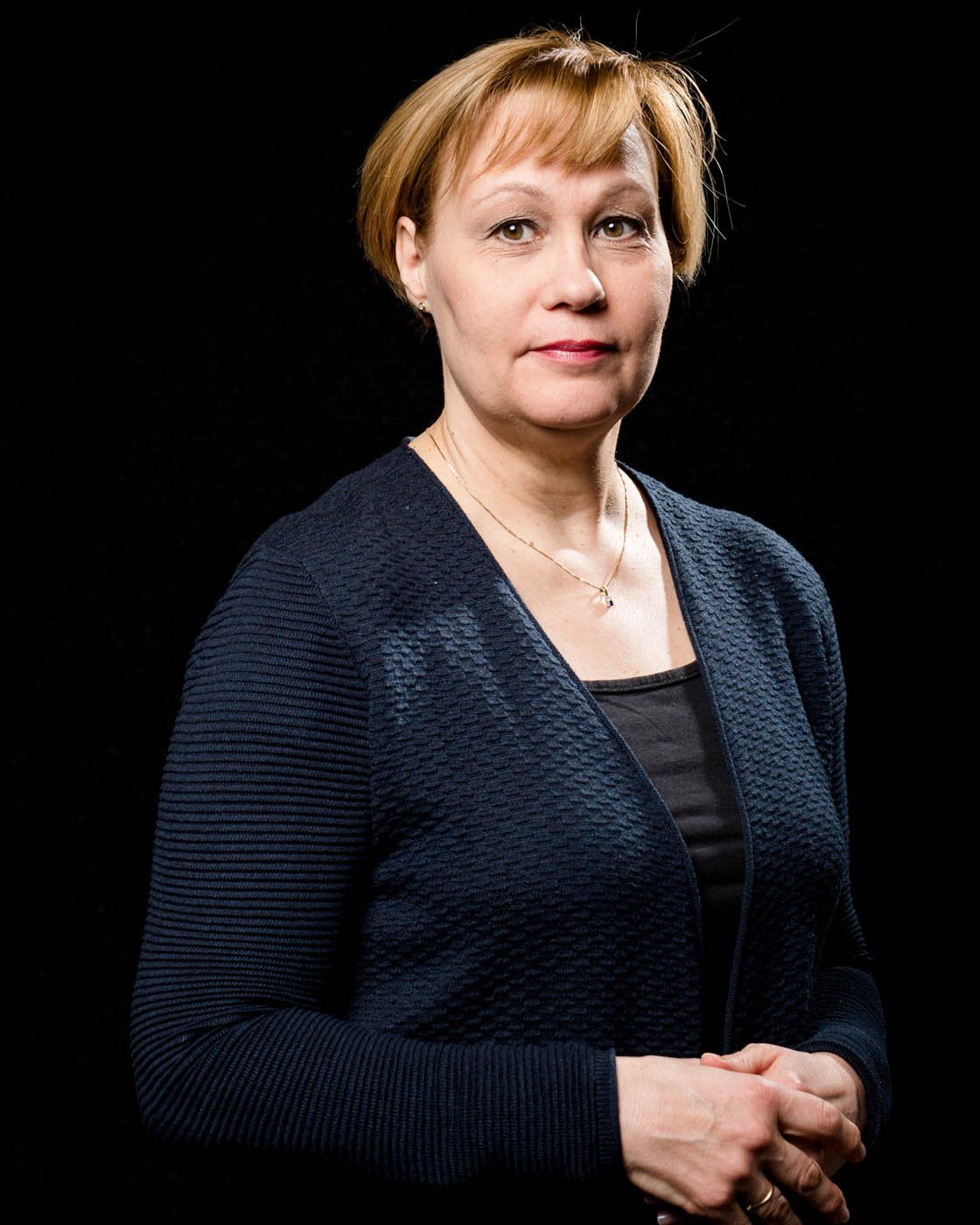REFERENCE INDEX FOR SUPPORTING YOUNG PEOPLE
A novel youth work approach and information system Tajua Mut! (Get me!) is currently being piloted in Kerava (project details in Finnish) and Riihimäki. The Tajua Mut! became a permanent operations model in Mikkeli in the beginning of 2015 and in Espoo in the end of 2015. The idea is to prevent the social exclusion of young people by facilitating collaboration between local authorities and operators.
At present, even if welfare problems among young people are caught at an early stage, information is not shared beyond each individual involved. Official information resources on young people at risk of social exclusion are scattered, being safeguarded for, say, data protection purposes by a range of professionals.
A youth worker may first become worried about a young person at the same time as sudden changes in school performance begin to worry the young person’s teacher. Unfortunately, their observations are never brought together and both professionals have to make decisions on support measures without sharing the other’s knowledge. Information on the youth worker’s concerns would provide the teacher with more grounds for raising the issue with the young person and his or her guardians.
Support measures necessary for helping the young person could be initiated at a much earlier stage than current practices allow. Preventive work is aimed at tackling problems while they are still minor. This helps to avoid painful child welfare measures, such as taking children into care, and significantly reduces costs.
The first step in the new youth work approach is a “flagging” process, based on entering a young person’s name in a reference index, using a system through which professionals can get in touch with each other at an earlier stage. In the second phase, these professionals, including local authorities and the third sector, collaborate in assisting the young person, who is their main priority. The overall purpose is to facilitate communication among professionals working with young people and to support early intervention practices. The project focus group consists of young people aged 13-29 in Mikkeli, 9-28 in Espoo, 16-29 in Kerava and 12-28 in Riihimäki.
The approach has its roots in caring. Legislatively, it is based on the Finnish Youth Act and outreach youth work in particular.
Sitra sourced the Reference Index approach from the Netherlands, where it was first tested in Rotterdam in 1998 (Reference Index, Verwijsindex). The experiences were so good that in 2010 a law was passed to make the approach mandatory in all municipalities.
Sitra commissioned a study on various youth work approaches used in Finland and other countries (the report on SlideShare, available in Finnish only).
Video: The Dutch Flagging System, Reference Index
Gregor Neggers, Legal Advisor, Ministry of Health, Welfare and Sport
In Finland, the Reference Index is being piloted under the Tajua Mut! (Get me!) project in Espoo and Kerava. Tajua Mut! became a permanent operations model in Mikkeli (project details in Finnish) in the beginning of 2015. The project partners include local authorities and operators, outreach youth work and in Mikkeli also Olkkari, a service point for guidance and services for young people.
The goal is to make the approach national and to influence legislation in support of preventing social exclusion and facilitating co-operation among professionals working with young people.







LATEST